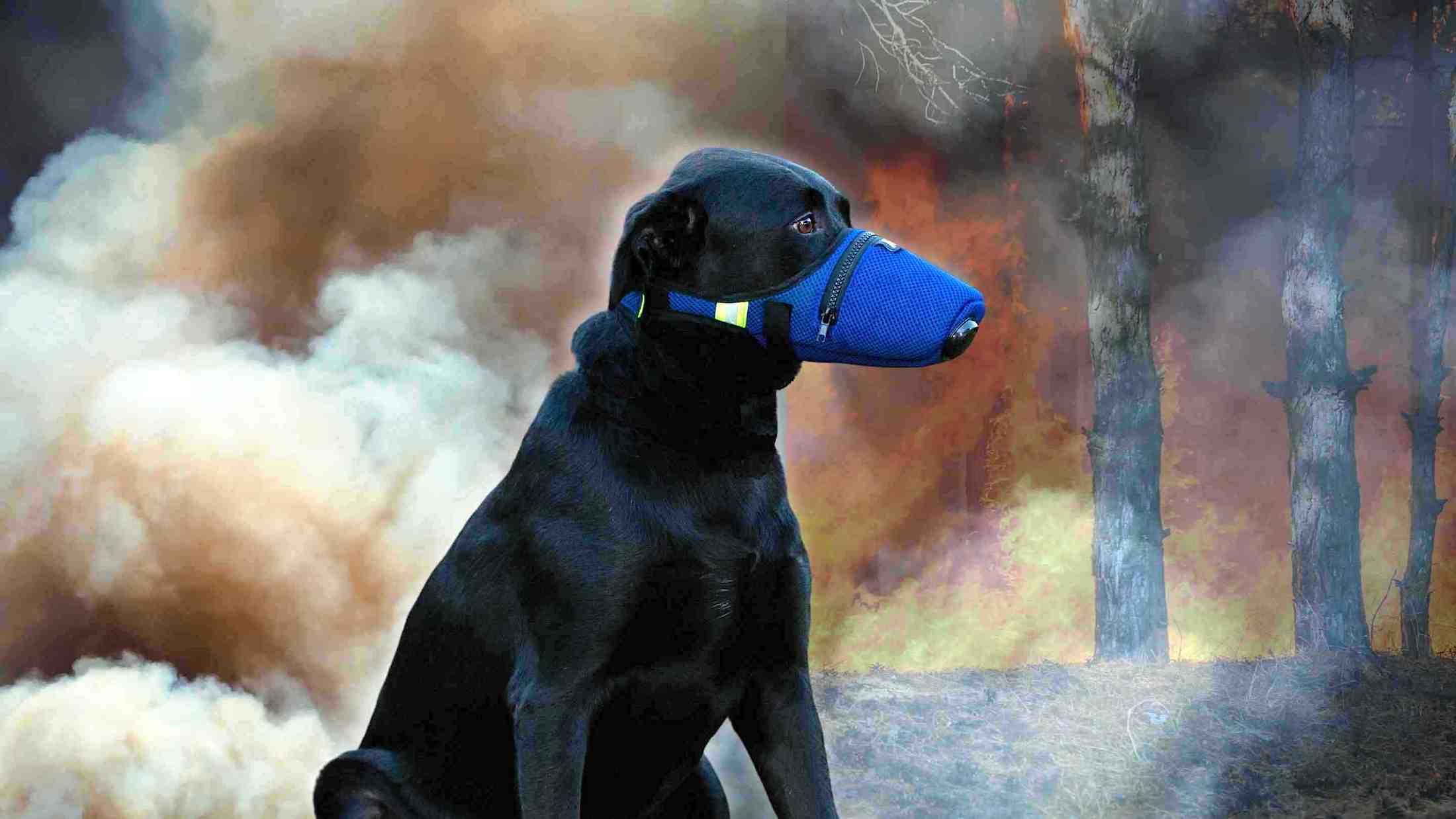High heat and catastrophic conditions in Western Australia and lightning strikes in Queensland could intensify fires over the weekend as Australia enters its second week of sustained bushfires.
Australia’s bushfire are a common and deadly threat but the early outbreak this year in the southern spring has already claimed several lives and destroyed more than 300 homes over the past week.
Severe fire danger conditions are expected to continue in NSW on Sunday where about 60 bush and grass fires are still burning, according to NSW Rural Fire Service.
On Saturday, conditions in New South Wales had eased slightly but firefighters said the more than 100,000 hectare Gospers Mountain blaze in the Hawkesbury was unlikely to be contained before weather conditions worsen.
Firefighters had backburned through Friday night to try and get a handle on the huge fire near Sydney’s northwestern outskirts.
NSW Rural Fire Service inspector Ben Shepherd said the fire, which has been downgraded to a “watch and act” alert, “has now burnt out more than 100,000 hectares and it has destroyed six homes”.
“We’ve had reports that one further home may have been lost yesterday.”
The bushfire crisis is now set to intensify on both Australian coasts, with forecasters warning “there is not much end in sight” to a horrific fire season that has not even hit summer.
Firefighters strengthened containment lines by back burning around the Gospers Mountain fire, which is blazing across more than 112,000 acres (175 square miles) near Sydney’s northwest outskirts, but the fire is yet to be contained. Back burns are fires deliberately lit to clear dry undergrowth.

Catastrophic conditions are forecast on Sunday in four regions of WA: east Pilbara coast, west Pilbara coast, east Pilbara inland and Ashburton Inland.
The catastrophic rating was introduced in 2009 and is the equivalent of the conditions for Victoria’s Black Saturday bushfires. On Tuesday last week, Sydney experienced catastrophic conditions for the first time.
In Queensland on Saturday, the Pechey/Ravensbourne fire in the Darling Downs region flared to an emergency level, driven by hot and dry wind gusts.
The fast-moving fire reached Ravensbourne by 2.30pm AEST, and burned over a large area between Purtill Road and north of Mount Jockey Road.
People were being told to immediately flee that blaze from Saturday morning onwards. Fire crews, assisted by heavy machinery, are also beefing up containment lines elsewhere in the state.
People are being told to be prepared to leave from the paths of other major fires at Barney View and Palen Creek, where a bushfire with multiple fronts is burning in an inaccessible area of Mount Barney National Park near the Queensland and NSW border.

An unpredictable fire is burning at Tarome, in the Scenic Rim region, moving from the Cunningham Highway towards Ryan Road, Hinrichsen Road, Simmonds Road and Tarome Road. That blaze is likely to impact Ryan Road, Hinrichsen Road and Simmonds Road, in the vicinity of the Bluff.
Further north, fire crews will continue to work on containment lines at the Kinkuna Waters and Woodgate/Walkers Point Road fire south of Bundaberg, with the help of waterbombing aircraft and heavy machinery. People are being told to be ready to leave that area because the fire could get worse quickly.
Conditions are expected to worsen on Sunday, when the Darling Downs and Granite Belt region will rise to an extreme fire danger.
Severe isolated thunderstorms are expected to develop, which, instead of bringing respite, could create dry lightning strikes that start more fires.
“With those winds, particularly as they increase on Sunday, we are likely to see an increase in the fire dangers,” said the Bureau of Meteorology’s Jess Gardner.
Bushfires have destroyed 16 homes in Queensland over the past week.
In WA, a cauldron of hot air developed on Saturday and is expected to sit over the state for days.
On Saturday, Marble Bar was expected to reach 45C, Port Hedland 43C, Meekatharra 42C, Kalgoorlie 41C, Perth 38C and Broome 36C.
On Sunday, conditions will worsen for many regions, with Kalgoorlie forecast to rise to 44C – which would break the city hottest temperature record, set in 1923.
Marble Bar is forecast to rise to 46C, Port Hedland and Meekatharra steady at 43C and 42C, Broome will rise to 38C and Perth will drop to 29C.
The hot air will then sweep through the rest of the country, worsening fire conditions in NSW and Queensland by mid-week.
“Unfortunately, we are in for the long haul and there is not much end in sight,” Gardner told AAP.
In WA, extreme fire danger was forecast on Saturday for the east Pilbara inland, Gascoyne inland and south interior.
In Queensland, severe fire danger was forecast on Saturday for the Darling Downs and Granite Belt, rising to extreme on Sunday.
And in NSW, Tuesday and Wednesday will be fire weather days, with “the weather conditions again deteriorating”, according to the bureau.
Police alleged that “the man lit the fire as an attempt to back burn for the protection of a cannabis crop and perceived benefit from recovery work after the fire and made no attempt to control the blaze,” they said in a statement.A man suspected of starting a blaze which reached emergency level, at Guyra Road in Ebor, east of Armidale, was arrested on Friday.














